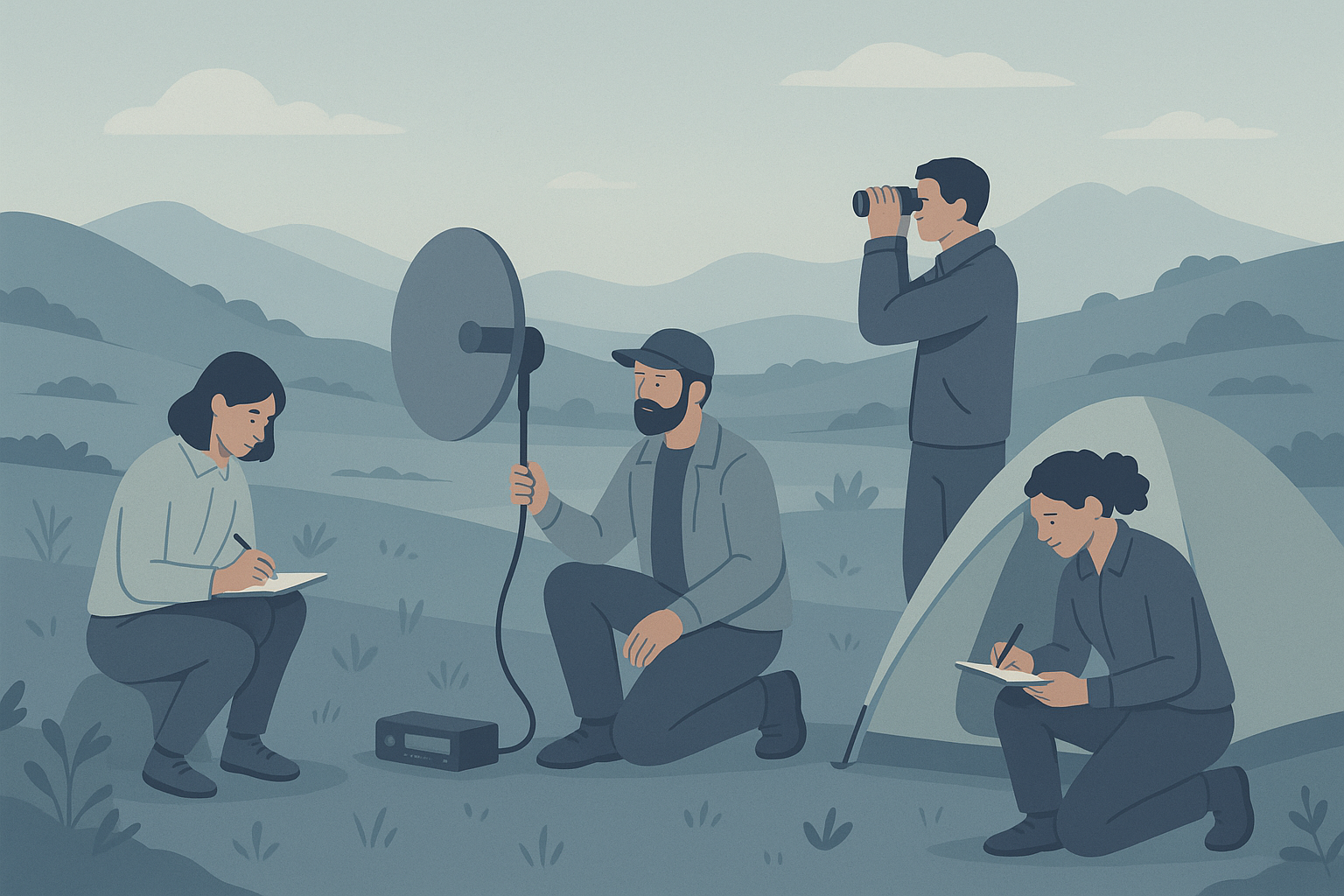TL;DR
- High-quality data—and lots of it—is vital to running a successful win-loss program, but be targeted in your outreach to make sure your data is accurate and applicable.
- Share insights broadly to empower teams throughout your organization to make a difference.
- Make frequent adjustments to avoid collecting stale insights.
- Effective win-loss programs lead to improvements throughout your organization—including product, pricing, sales strategies, and much more.
Consider the following situation: Over the last year, you’ve implemented a win-loss program at your company, collected both buyer and seller feedback, and have begun sharing it with key stakeholders. You worry, though, if the feedback you’re sharing is actually making an impact and driving change at your organization. As you approach the second year of your win-loss program, you ask yourself, “Is our win-loss program effective?”
Here are a few things to consider:
Having more customer-centric data is always better—but be targeted
High-quality data—and lots of it—is vital to running a successful win-loss program. If that data, however, is scattered over multiple segments, regions, or LOBs, it will be harder to summarize key insights and drive change within your organization.
Effective win-loss analysis programs are targeted toward specific segments to ensure the feedback you capture is accurate and applicable. While the ultimate goal is to interview or survey all segments of your business, you may lack the resources to do so at this time. To determine if the data you’re collecting is impactful, consider asking yourself the following questions:
- Are we collecting data on the most important segments of our business?
- Are the strategic initiatives from company’s leadership team driving who we’re talking to and the questions we’re asking?
Don’t become a bottleneck—share insights broadly
One of the biggest mistakes we see is that the win-loss data and insights are made available only to certain people. Win-loss analysis is most effective when data is shared broadly and placed in the hands of people who can make a difference. For example, product feedback is most impactful when it’s in the hands of product managers, and feedback on a poor sales experience is most impactful in the hands of the AE and their manager.
Effective win-loss programs have high engagement across the entire company. By allowing open access to the data, you’ll be able to surface high-level themes and also uncover key insights that apply to specific teams. Here are two questions to ask yourself to see if you’re a bottleneck:
- Do people come to me asking why we won or lost specific deals, or are they empowered to find these answers independently?
- Are people from sales, marketing, product, and customer success directly consuming win-loss data?
Make frequent adjustments in order to avoid collecting stale insights
Now that you’ve started collecting data, avoid cruise control. At some point, you’ll notice that new feedback is starting to sound familiar and that you’re hearing the same thing over and over again. This is common in a win-loss program and means that you’re hitting a point of saturation, which gives you the confidence to implement changes based on customer feedback.
Moving forward, though, it likely means that it’s time to pivot and target a new segment or incorporate new questions. By making frequent adjustments to both your questions and segments, win-loss data will stay fresh and help you answer the questions that are most important to you and your leadership team. Here are a few questions to ask yourself to see if you’re at risk of collecting stale insights:
- When I present to our leadership team, do I share similar insights every time?
- Do people say “We already know that” when you share insights?
- Are people losing interest in the win-loss analysis program?
Conclusion
As you focus on making win-loss feedback targeted, fresh, and well-dispersed across your entire company, you’ll begin to see the impact your win-loss program is having on improving your business. Before you know it, product teams will begin implementing customer feedback into their product updates, pricing models will evolve to better align with your customers' needs, and your sales team will be better suited to sell to your ICP.
Most importantly, by running an effective win-loss analysis program, your company will win more.











.svg)











.svg)

.svg)




